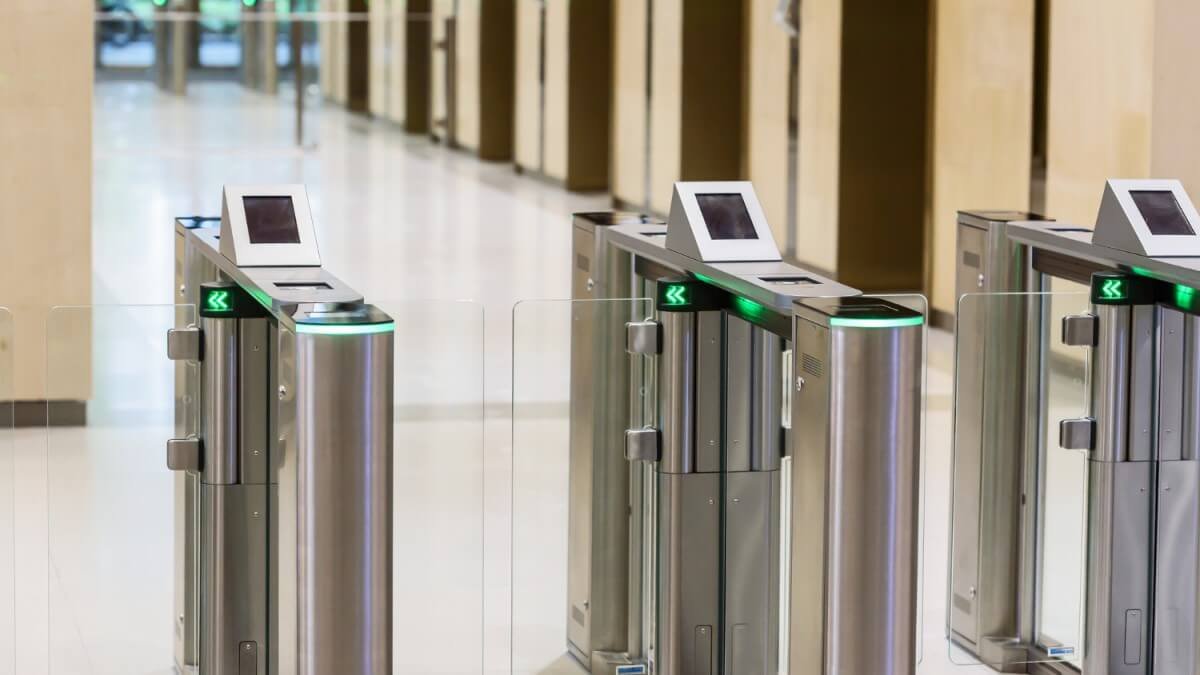
Finland’s Ministry has announced that the Entry/Exit System (EES) is expected to be operational later this year. The country has completed the necessary preparations for the implementation of the new border system. The Ministry also expressed support for the EU Commission’s proposal to allow Schengen member states to gradually roll out the system.
According to the proposal, countries will begin implementing the EES progressively, starting with registering around 10% of border crossings. Within six months, member states will be required to achieve full registration.
Initially planned to launch in the final quarter of 2024, the EES rollout was delayed due to concerns from some member states about their readiness. Following the delay, the EU announced that the system will now go live in 2025, although a specific date has not been set.
The EES is designed to automate border controls, replacing traditional passport stamping. It will require all non-EU nationals—whether they need a visa or not—to register their biometric data and personal information upon entry. This data will be stored in a centralized database for up to three years.
The system is intended to enhance border security, streamline the travel process, track entry and exit movements, detect overstayers, prevent irregular migration, and identify individuals using fraudulent identities.




















